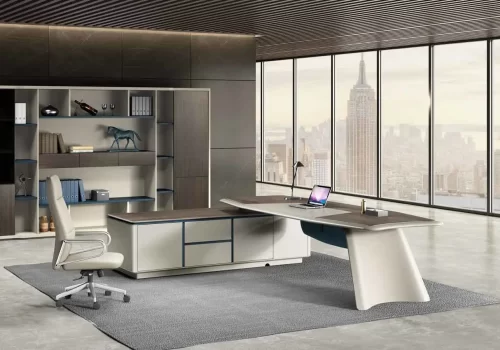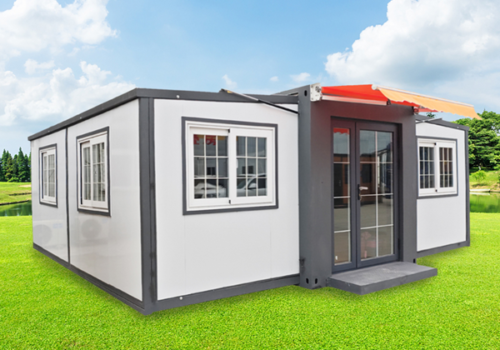What factors should be considered when selecting the right size of area rug for a specific space?
Room dimensions: Take into account the size and shape of the room. Measure the length and width of the space to determine the appropriate rug size.
Furniture placement: Consider the arrangement of furniture in the room. Decide whether you want the rug to go under all the furniture or only partially under certain pieces. The rug should ideally anchor the furniture and create a cohesive grouping.
Rug Style: Consider the style and design of the rugs. Some rugs are meant to be a focal point, while others are more subtle. The size should complement the rug’s design and enhance the overall aesthetic of the space.
Traffic flow: Take into account the traffic flow in the room. If the rug will be placed in a high-traffic area, ensure there is enough space for people to walk comfortably without tripping over the edges of the rug.
Proportions: Pay attention to the proportions of the room and the furniture. The rug should be proportionate to the size of the room and the furniture it will be placed with. A rug that is too small or too large can throw off the balance of the space.

How do area rugs contribute to the preservation of antique or delicate flooring materials, such as hardwood or marble?
Area rugs play a significant role in preserving antique or delicate flooring materials, such as hardwood or marble. Here’s how they contribute to their preservation:
Protection against Scratches and Scuffs:
Antique or delicate flooring materials are susceptible to scratches and scuffs caused by foot traffic, furniture, or other objects. Placing an area rug over these surfaces acts as a protective barrier, preventing direct contact with potentially damaging elements. The rug absorbs the impact of footfalls and furniture movement, reducing the risk of scratches or scuffs on delicate flooring.
Prevention of Fading:
Sunlight exposure can cause fading and discoloration of hardwood or marble floors over time. Area rugs can help mitigate this issue by providing shade and blocking UV rays. The rug acts as a protective shield, reducing the amount of sunlight that reaches the underlying flooring. This helps preserve the original color and finish of the delicate surface.
Moisture and Spill Absorption:
Antique or delicate flooring materials may be sensitive to moisture and spills, which can lead to staining, discoloration, or even structural damage. Placing an area rug over these surfaces helps absorb and contain moisture or spills, preventing them from seeping into the delicate flooring. This protection minimizes the risk of water damage and potential long-term issues.
Insulation and Sound Dampening:
Area rugs provide insulation, acting as a buffer between the delicate flooring and the room’s environment. They help regulate temperature and reduce heat transfer, which can be beneficial for certain types of delicate flooring. Additionally, area rugs contribute to sound dampening, reducing echoes and noise that may otherwise reverberate on hard surfaces.



